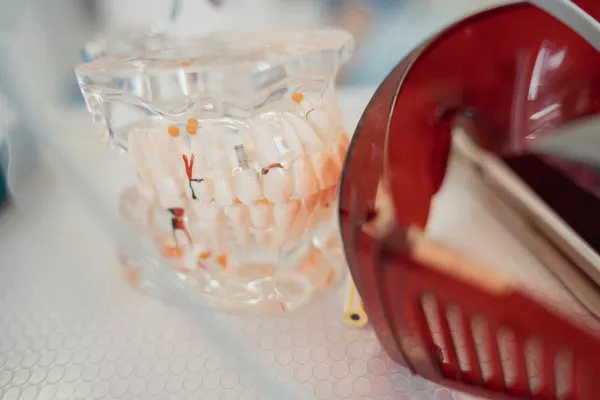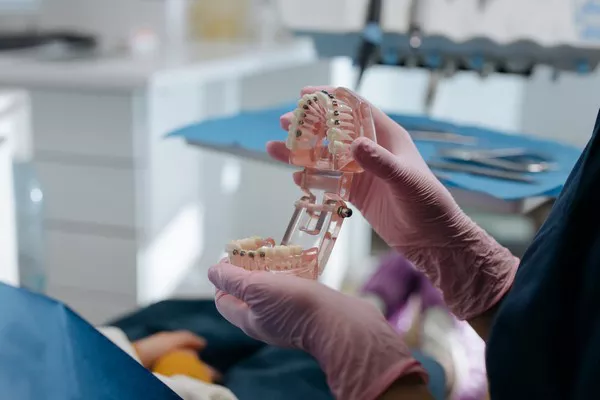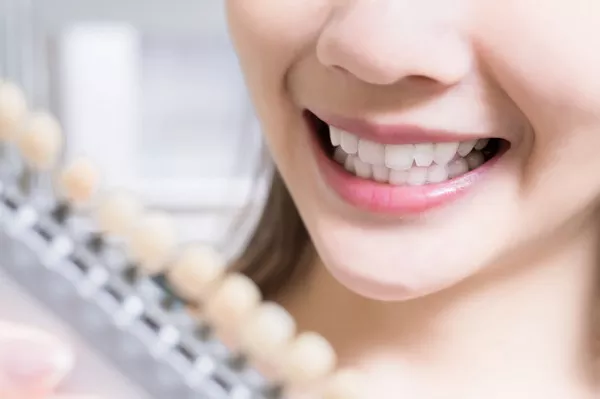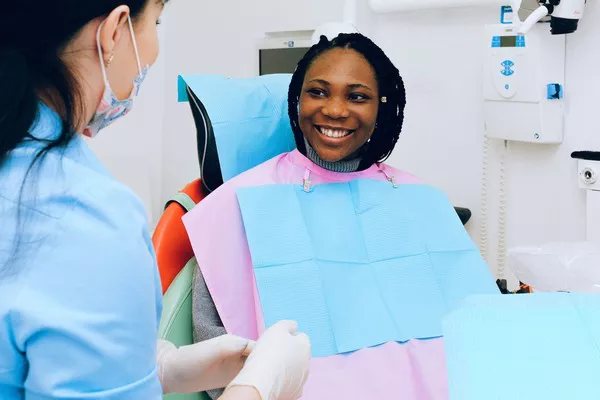30 years old, missed the orthodontic period?
Liu, 30, recently came up with the idea of orthodontics.
However, it is said that the best age for orthodontic treatment is 12 to 17 years old teenagers, while adults have missed the best time for orthodontic treatment because their jaws have been formed.
It may be more difficult and risky to correct the teeth and improve the shape of the face.
Miss Liu’s situation, I believe that many friends have experienced or are experiencing, empathy.
Thirty years of age, still suitable for orthodontic?
Have we missed the best time for orthodontics?
The effects of orthodontics are age-dependent and to some extent they are.
Orthodontic expectations vary, with teenagers focusing on keeping their teeth straight and young adults focusing on improving the shape of their faces.
However, it is very difficult to improve the shape of the face simply by aligning and adjusting the teeth.
Since adolescents themselves are in the developmental stage, orthodontics often have more potential and are more likely to achieve expectations.
Adult orthodontics also has its advantages although adult growth and development is basically complete, plasticity is small, growth potential is limited, bone remodeling ability is weak, but doctors can use a small number of times, intermittent force method, to minimize the risk of root resorption and occlusion trauma.
In addition, compared with adolescents, adult orthodontics has significantly improved self-supervision ability and more meticulous oral hygiene maintenance, so the probability of complicated dental caries, gingivitis and periodontitis is greatly reduced.
Orthodontic orthodontics brings 2-3 years of temporary pain, poor appearance, inconvenient life, which affects the psychological activities during orthodontic treatment to a large extent. The main manifestations are:
Fear of pain, fear of correction effect, fear of tooth extraction, fear of eating and oral hygiene, fear of ridicule, too long treatment, fear of recurrence, etc. Some studies have analyzed the mental health of adult orthodontic population.
Ninety questions were used to assess the differences in somatization, obsessive-compulsive symptoms, interpersonal sensitivity, depression, anxiety, hostility, terror, paranoia and psychosis between orthodontic subjects of different ages and normal subjects.
Finally, it was found that the scores of all factors except obsessive-compulsive symptoms, hostility and terror were higher in the orthodontic population than in the normal population.
However, there was no significant difference among different age groups.
In other words, orthodontic treatment does cause more negative emotions and psychological distress, but this is not significantly related to age.
Adult produce negative psychology is mainly due to the adult orthodontic mostly initiative (unlike teenagers are affected by parents and passive treatment), due to its own factors, through correction to improve the surface type, cannot achieve their beautiful demand, additional treatment cycle is longer than teenagers again, difficult, making them easier to produce negative psychology.
Therefore, age is not a “stumbling block” to our orthodontics.
As long as the choice of formal medical institutions, establish the correct orthodontic psychology, I believe that we can through the day after tomorrow, have a neat teeth, find a confident smile!





























